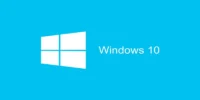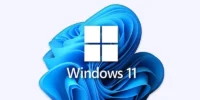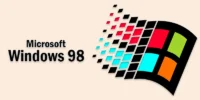Software Requirements Specification Document | Example, and Template
Published: 7 Jan 2025
Software Requirement Specification Document
The Software Requirements Specification (SRS) document is a detailed guide that explains what a software project should do. It outlines the goals, features, and expectations for the software so everyone involved—like developers, testers, and clients—understands what the final product will be like. The SRS helps keep the project on track by defining the requirements in a clear, organized way. This document acts as a roadmap, ensuring that all team members have a shared vision and are working toward the same goals.
Software Requirements Specification Example
- Define what the software will do.
- List main features and tasks.
- Describe performance and security needs.
- Explain the look and feel of the software.
- Specify hardware and software needs.
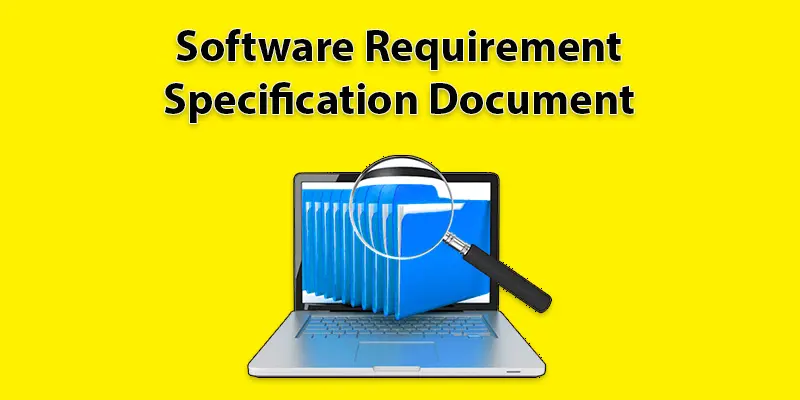
Software Requirements Specification Document Template
All of the important information required for a software project can be arranged and outlined in an organized manner using a Software Requirements Specification (SRS) document template.
- Introduction: The Software Requirements Specification (SRS) document outlines what a software project should accomplish. It describes the software’s purpose, main features, and expected outcomes, making sure that everyone involved—like developers and clients—understands the goals. This document helps keep the project organized and on track, ensuring a shared vision for the final product.
- Overall Description: The “Overall Description” section in an SRS document provides a general overview of the software. It explains who will use the software, what it’s supposed to do, and the environment in which it will run (like specific devices or operating systems). This section gives a high-level view to help everyone understand the software’s purpose and its main functionalities.
- Functional Requirements: The “Functional Requirements” section lists all the key tasks the software must perform. It describes each feature in simple terms, such as processing data, generating reports, or allowing users to log in. This section ensures everyone understands what the software should do to meet users’ needs and project goals.
- Non-Functional Requirements: The “Non-functional Requirements” section covers the qualities and standards the software needs, like speed, security, and ease of use. Unlike functional tasks, these requirements focus on how well the software should perform, ensuring it runs smoothly, is safe to use, and meets quality expectations. This section helps make the software reliable and user-friendly.
- External Interface Requirements: The “External Interface Requirements” section explains how the software will interact with users, other systems, and hardware. It includes details about screen layouts, button functions, and any connections with other devices or software. This section ensures the software is easy to use and integrates smoothly with other systems.
- System Requirements: The “System Requirements” section outlines the technical needs for the software to run properly. This includes the necessary hardware, like computers or servers, and software, such as operating systems or libraries. By specifying these requirements, this section ensures that users know what is needed to successfully install and use the software.
- Appendix and Glossary: The “Appendix and Glossary” section provides extra information and definitions of technical terms used in the document. The appendix may include supporting materials, like diagrams or charts, that help explain the software better. The glossary ensures that everyone understands the specific language and terminology, making the document clearer for all readers.
How to Write an SRS Document?
To write an SRS document, start by gathering information about the software’s purpose and requirements from stakeholders like users and developers. Organize the document into clear sections, including an introduction, overall description, functional and non-functional requirements, external interface requirements, system requirements, and an appendix with a glossary.
Use simple language and avoid technical jargon to ensure everyone can understand it. Finally, review and revise the document based on feedback to make sure it accurately reflects the software’s needs.
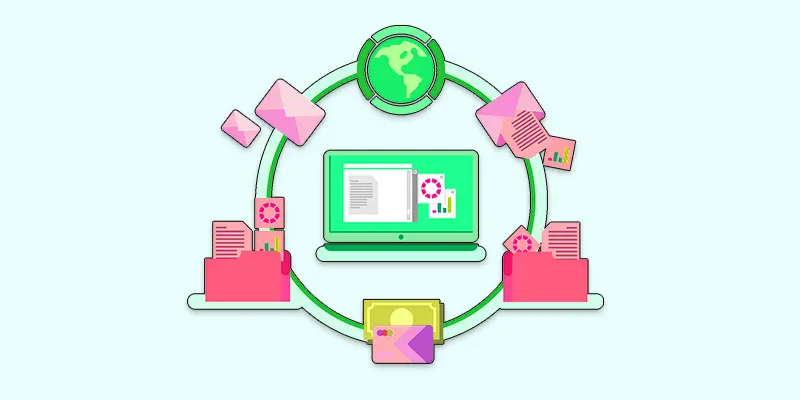
What Makes Helix ALM the Ideal Tool for Creating SRS?
Helix ALM is an ideal tool for creating Software Requirements Specifications (SRS) because it offers several key benefits:
- Organized Structure: It helps you organize requirements clearly, making it easy to find and understand them.
- Collaboration Features: Team members can easily collaborate and share feedback, ensuring everyone is on the same page.
- Traceability: Helix ALM allows you to track changes and see how each requirement connects to other project elements, helping maintain clarity.
- Customizable Templates: You can use or create templates tailored to your project’s needs, saving time and ensuring consistency.
- Integration: It works well with other tools, making it easier to manage the entire software development process.
Overall, Helix ALM streamlines the process of creating and managing SRS documents, ensuring better communication and project success.
Microsoft Word vs. Requirement Software
| Microsoft Word | Requirement Software |
| General word processing. | Specifically for managing requirements. |
| User-friendly and widely known. | May have a learning curve. |
| Basic sharing and commenting. | Advanced collaboration tools. |
| Many document templates are available. | Specialized templates for requirements. |
| Basic version history. | Detailed version tracking. |
| Limited tracking capabilities. | Comprehensive traceability features. |
| Integrates with other Office apps. | Often integrates with project management tools. |
| Manual updates needed. | Automated change tracking. |
What is a Software Requirements Specification document for library Management System?
A Software Requirements Specification (SRS) document for a library management system outlines the features and functions the software needs to have. It describes how users, like librarians and patrons, will interact with the system, including tasks like checking out books, managing inventory, and searching for titles. The document also includes technical requirements, performance standards, and user interface designs. Overall, the SRS serves as a guide to ensure that the library management system meets the needs of its users effectively.
Conclusion about Software Requirement Specifications Document
An SRS document is essential for successful software development. It clearly outlines what the software needs to do, who will use it, and the standards it must meet. By providing this detailed guide, the SRS ensures that everyone involved has a shared understanding of the project’s goals. This helps keep development focused, reduces misunderstandings, and leads to a final product that meets user needs effectively.
FAQS – Software Requirements and Specifications
SRSD stands for Software Requirements Specification Document.
A Software Requirements Specification Document (SRSD) is a guide that explains what a software project should do. It lists all the features, functions, and requirements to make sure the software meets user needs.
An SRSD works by providing a detailed description of the software’s requirements, which guides developers, testers, and stakeholders. This helps everyone understand the project’s goals, keeps development on track, and ensures the software fulfils its intended purpose.

- Be Respectful
- Stay Relevant
- Stay Positive
- True Feedback
- Encourage Discussion
- Avoid Spamming
- No Fake News
- Don't Copy-Paste
- No Personal Attacks

- Be Respectful
- Stay Relevant
- Stay Positive
- True Feedback
- Encourage Discussion
- Avoid Spamming
- No Fake News
- Don't Copy-Paste
- No Personal Attacks


